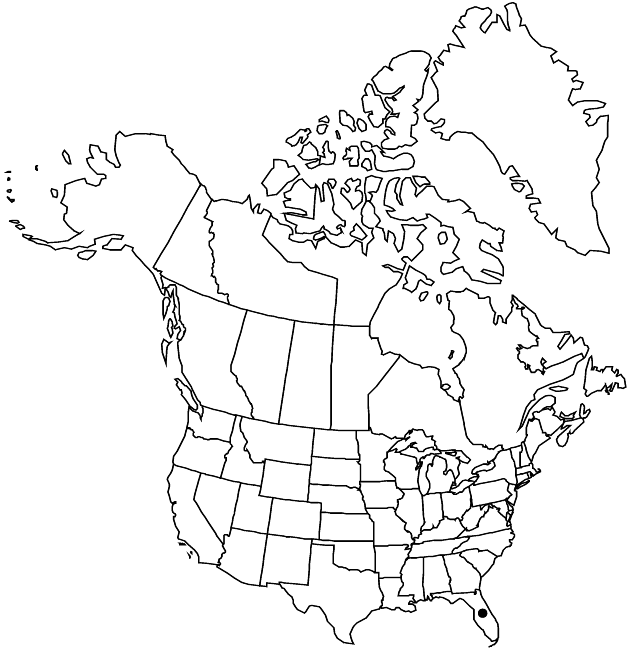Cosmos caudatus
in A. von Humboldt et al., Nov. Gen. Sp. 4(fol.): 188. 1818.
4(qto.): 240. 1820.
Plants 30–250 cm, glabrous or sparsely hispid. Leaves: petioles 1–7 cm; blades 10–20 cm, ultimate lobes 2–10 mm wide, margins spinulose-ciliate, apices acute, often mucronulate. Peduncles 10–30 cm. Calyculi of usually spreading, linear-subulate bractlets 6–10 mm, apices acuminate. Involucres 5–15 mm diam. Phyllaries erect, oblong-lanceolate, 7–11 mm, apices acute to obtuse. Ray corollas rose-pink to purple, laminae oblong-oblanceolate, 5–15 mm, apices obtusely 3-lobed. Disc corollas 5–6 mm. Cypselae 12–35 mm, glabrous or scabridulous proximally, setose distally; pappi of 2–3 widely divergent to reflexed awns 3–5 mm. 2n = 48.
Phenology: Flowering summer–fall.
Habitat: Disturbed sites
Elevation: 0–10 m
Distribution

Introduced; Fla., Mexico, West Indies, Central America, South America, also in Asia, Pacific Islands
Discussion
Within the flora area, Cosmos caudatus is found only in the Florida Keys.
Selected References
Lower Taxa
"broader" is not a number.